Persons with disabilities face multiple hindrances to access basic reproductive health services and information. This leads to an adverse impact on their overall health and well-being and their participation in society.
Every year, December 3 is celebrated as the International Day of Person with Disabilities. The tradition of marking this day began in 1992 with the proclamation of the United Nations General Assembly resolution, and every year, a particular theme relating to the issues and concerns of persons with disabilities (PwDs) living across the globe is addressed. This year’s theme is ‘Leadership and participation of persons with disabilities toward an inclusive, accessible and sustainable post-COVID-19 world’. In this article, we will explore this theme in the context of Nepal, particularly in relation to access towards sexual reproductive health.
Worldwide, approximately 15 percent of the total population (over a billion) live with some form of disability. The population in the Asia Pacific region alone is approximately 690 million. According to the Central Bureau of Statistics, approximately over half a million people with disabilities live in Nepal. Disability rights activists in Nepal, however, say that this number can be contested.
The over one billion people who live with some form of disability globally live a life entrenched with stigma, especially in Nepal where the stigma is compounded with a negligible disability-inclusive health system. Evidence has shown that persons with disabilities not only face additional challenges to accessing essential health care services but also shoulder unequal burdens during health emergencies such as in the influenza pandemic and COVID-19.
The situation becomes more complicated when multiple vulnerabilities intersect. For instance, if multiple disabilities occur in one person or if social disadvantages intersect. The situation is equally challenging when disability is linked to sensitive, stigmatized, and taboo subjects. For instance, disability and sexuality. Myths and misconceptions associated with the sexual health needs of people with disabilities have made adverse impact on their everyday life, health and hygiene. Thus, persons with disabilities globally and nationally are not only facing multiple hindrances to access sexual reproductive health services and information but people are also perceiving them inaccurately when it comes to their sexual needs and required services. All this leads to an adverse impact on the overall health and well-being of persons with disabilities. Not to mention, on their public participation, empowerment, and leadership.
In addition, the paucity of information has made it challenging to understand the depth of the issue as well as to design and implement contextually tailored, evidence-based policy interventions. This is more so in the case of low to middle income countries, including Nepal.
The government of Nepal’s initiation to incorporate disability data on the 12th national census is certainly a welcoming step but there is still a long way to go to generate disaggregated data on disabled people. For that, the sub-national government has to work a lot to develop a better understanding of existing policies and formulate new ones to build an inclusive and accessible health system that includes disability-friendly policies and interventions in the federal set-up of the country.
Policy provisions
Internationally and nationally, many conventions and universal goals have been endorsed for the promotion of access to services of persons with disabilities. The Convention on Rights of Persons with Disabilities (CRPD) is one such framework. The CRPD urges states to remove economic, social, cultural, communication, and physical barriers that aid discriminatory and exclusionary practices. Particularly, articles 23 and 25 of the CRPD state the equal access for persons with disabilities regarding sexual reproductive health services and facilities. Further, the focus of the UN’s Sustainable Development Goals on the concerns of persons with disabilities, with the cross-cutting principle — ‘Leaving No One Behind’ — has increased the attention on the issues of disability globally.
Nationally, the issues and concerns of persons with disabilities were first addressed in the Disabled Protection and Welfare Act 1982. The Act provided several rights and facilities, including free medical examinations. Later, the Constitution of Nepal 2015 guaranteed health as a fundamental right of the people. Therefore, all tiers of the governments are constitutionally mandated to ensure the health needs of the people without any discrimination. In line with the constitution, the National Health Policy (2019) has been formulated which includes provisions to ensure sexual and reproductive health to promote healthy menstrual hygiene practices among adolescent girls through a comprehensive set of skills and knowledge.
The ground reality
Despite the policy provisions and legal frameworks, however, the reality of persons with disabilities is in a sorry state. Limited research findings and anecdotal evidence have suggested that girls and women with disabilities are at a higher risk of violence and sexual abuse. Evidence also shows that over 57 percent of women with disabilities have reported that they have experienced different forms of violence (physical, emotional, sexual) during their lifetime. The degree of violence increases with the severity of the disability.
Constitutionally in Nepal, all people above 18 years are qualified to exercise their voting rights in an independent and barrier-free environment. But when it comes to persons with disabilities, the evidence suggests that ramps were made available at only 5 percent of polling stations during local and provincial elections held in 2017. This situation begs some critical questions: a) who is responsible for bringing positive change in the lives of persons with disabilities?; and (b) how should we address the existing authorities to work towards an inclusive, accessible, and sustainable society in a post-COVID-19 world?
Key challenges
Lack of accessibility in public places, such as hospitals, schools, roads, and polling stations, is a key challenge in encouraging independent and dignified mobility and promoting public participation for persons with disability in Nepal. In addition, limited understanding of persons with disabilities and their needs is another challenge. Similarly, concerns and issues of persons with disabilities are perceived only as belonging to individuals and families and to organizations of people with disabilities. In other words, disability has not yet practically become a social and political agenda. Lack of research in the area of disability coupled with deep-rooted social stigma has remained key obstacles for an inclusive and accessible and sustainable society.
Disability is a multi-dimensional issue. It consists of diversity within itself. As the nature and type of disability differs, so does its needs and requirements. Thus, this calls for an interdisciplinary perspective and intersectional approach for a better understanding of its close connection with the wider aspects of society and culture. Further, it also invites multiple sectoral collaborations and intergovernmental coordination to work effectively to address the existing needs of persons with disabilities. These include putting efforts and initiations for making sexual reproductive health services and facilities accessible to diverse groups of disabilities according to their needs and requirements. This would be a step towards an inclusive, accessible, and sustainable health system and a healthy and prosperous society.
(The article has been published on Record Nepal).
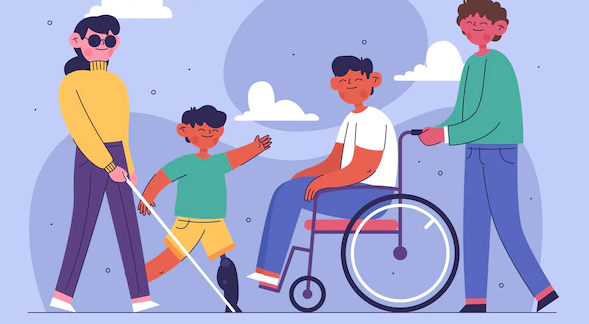
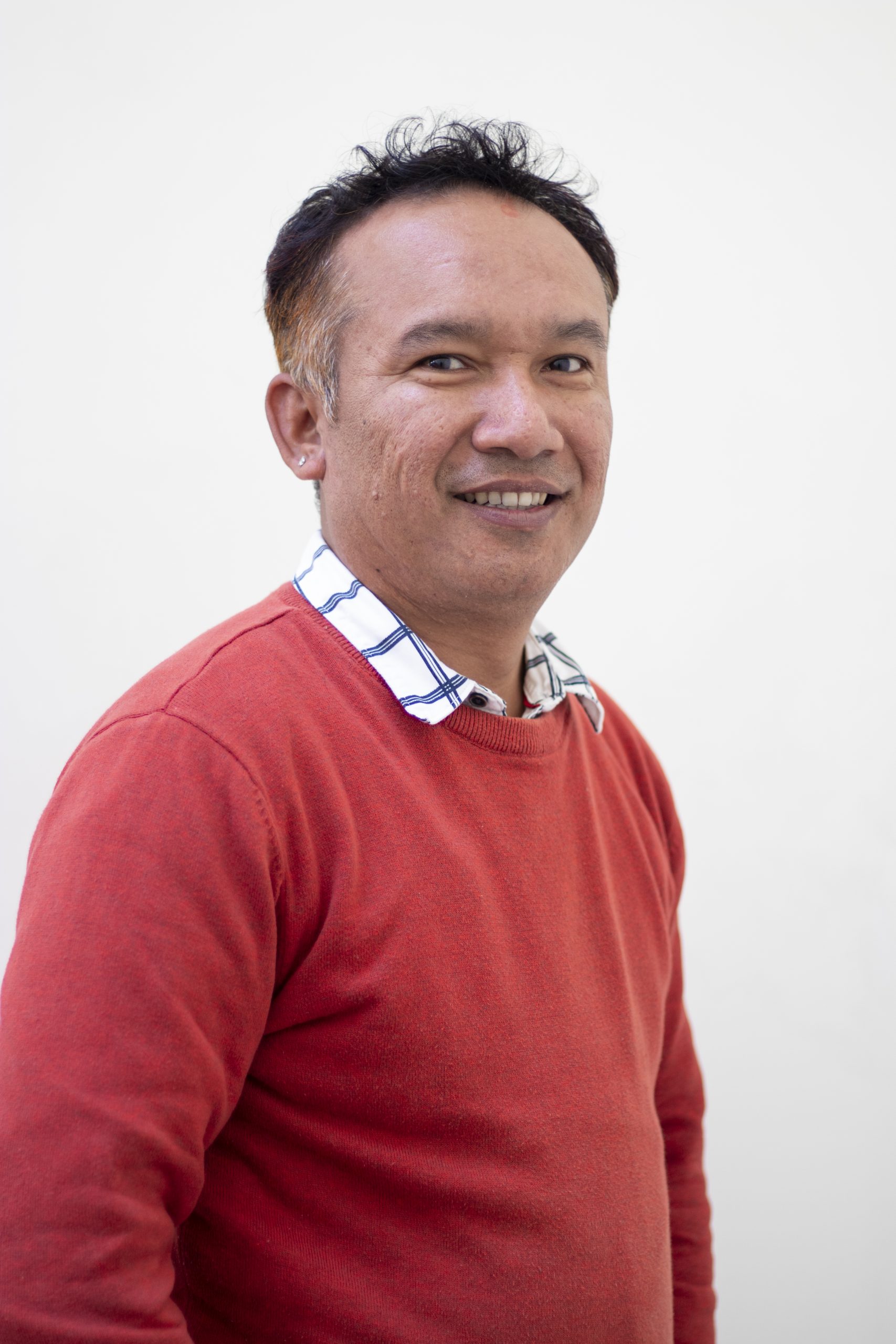
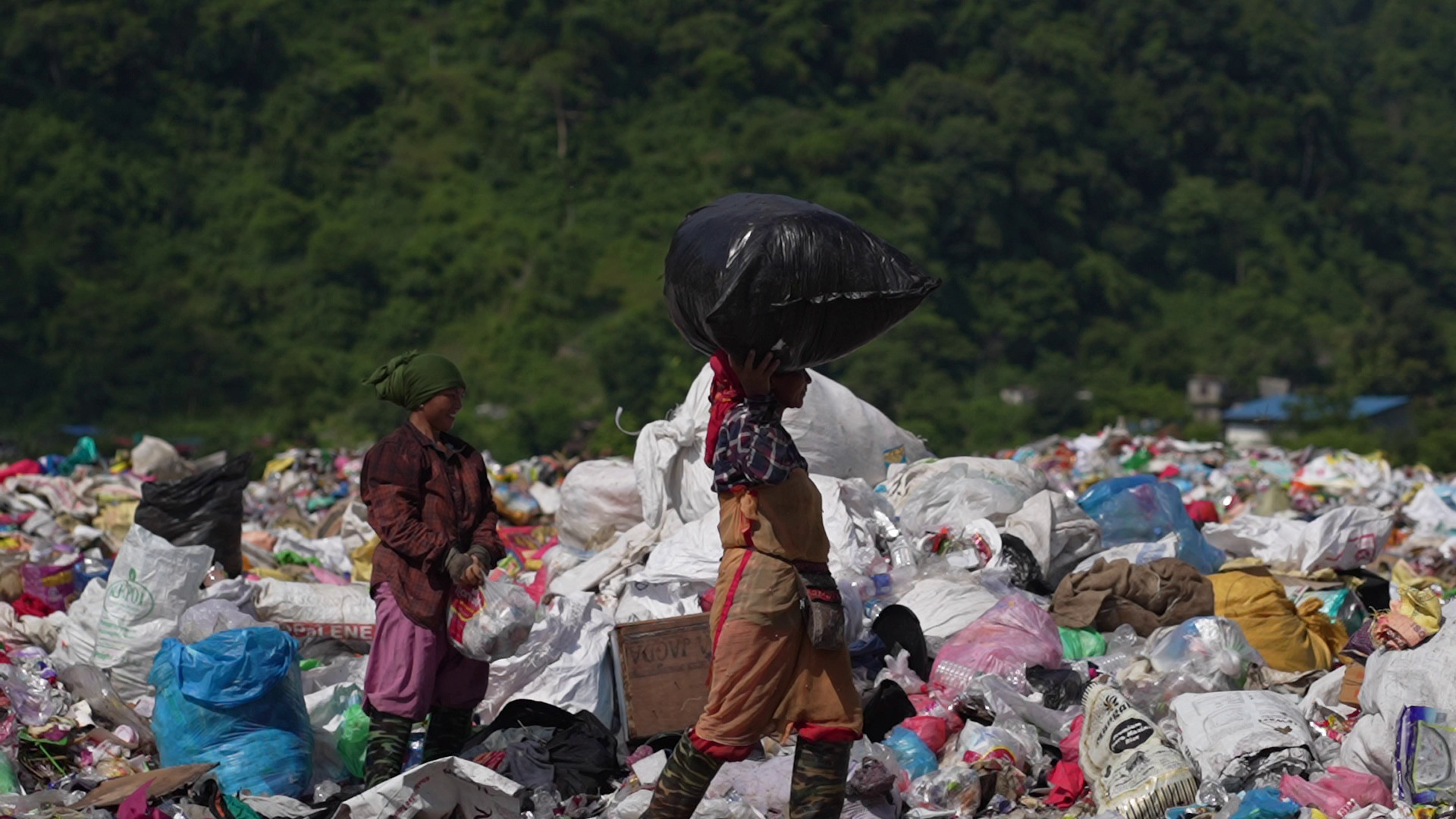
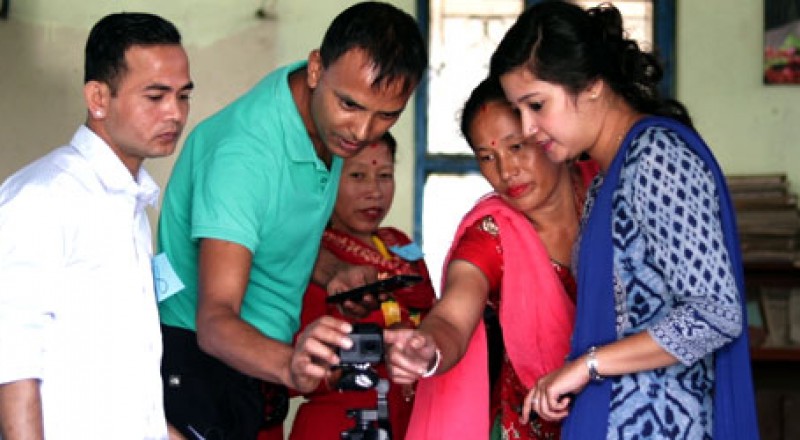
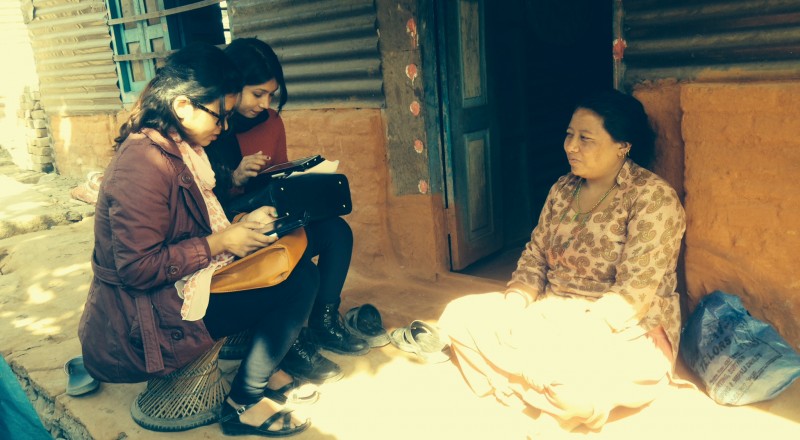
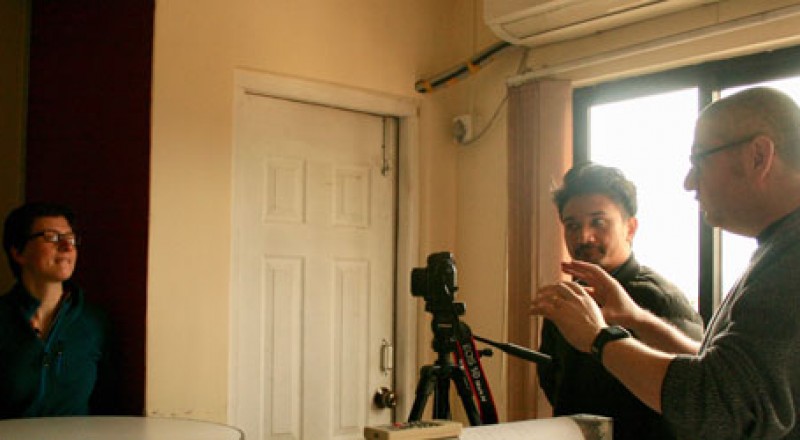
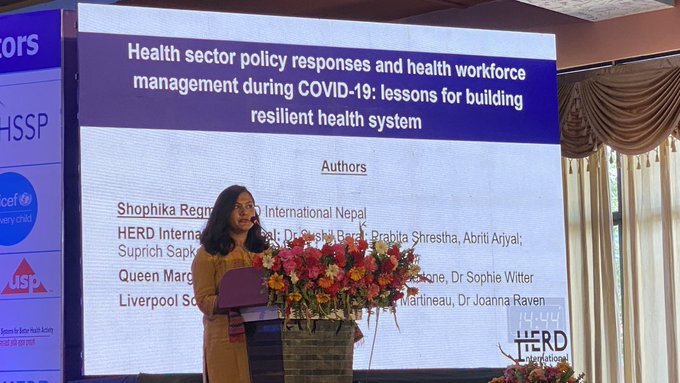
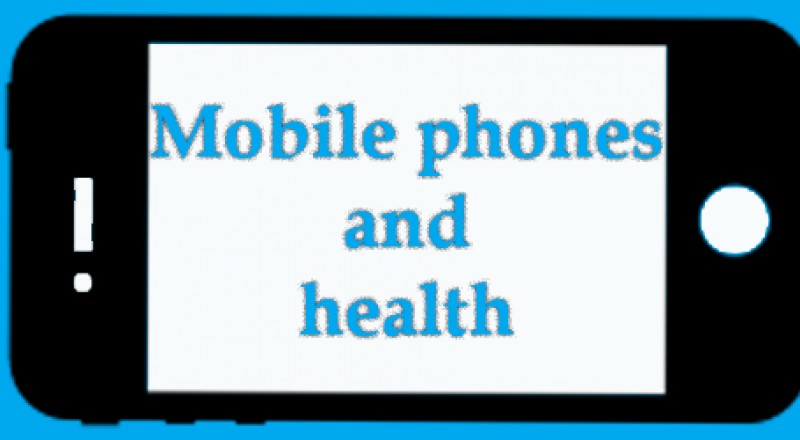
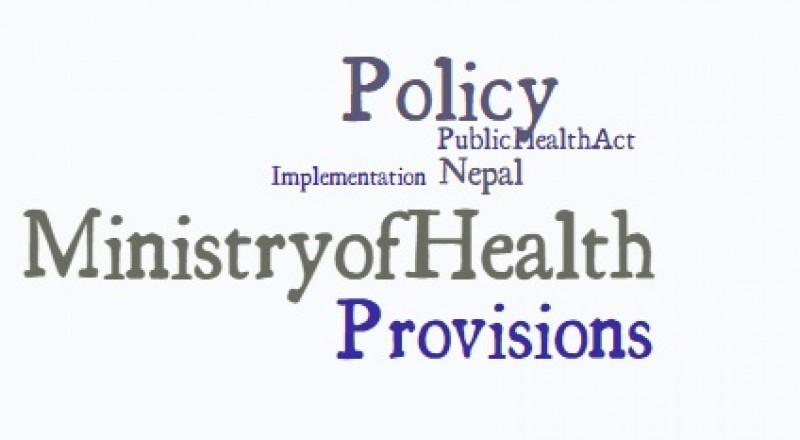
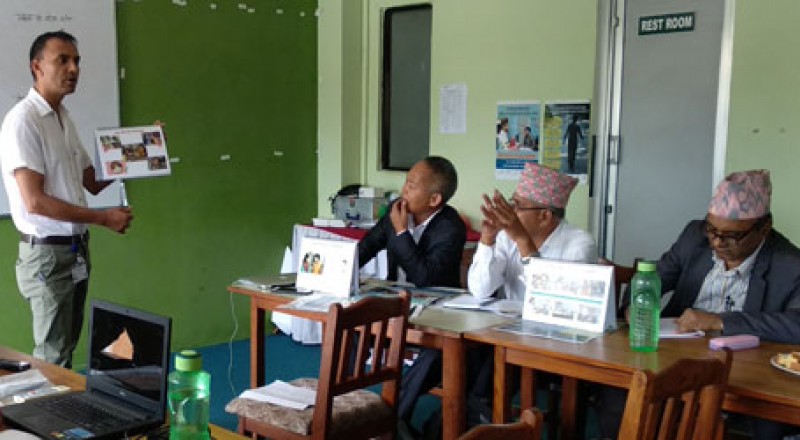
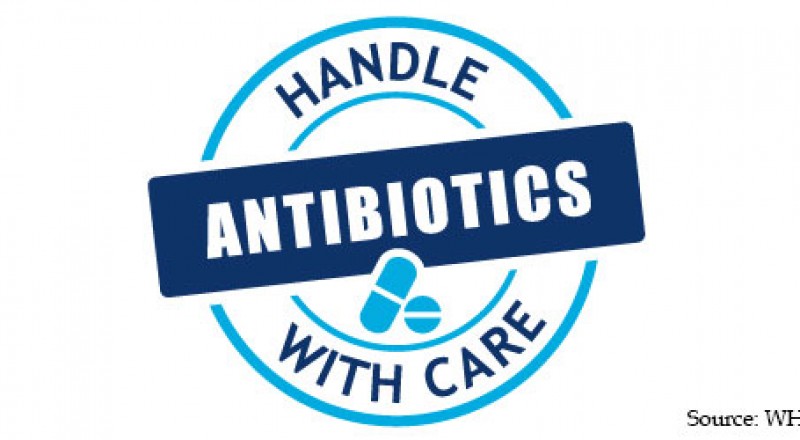
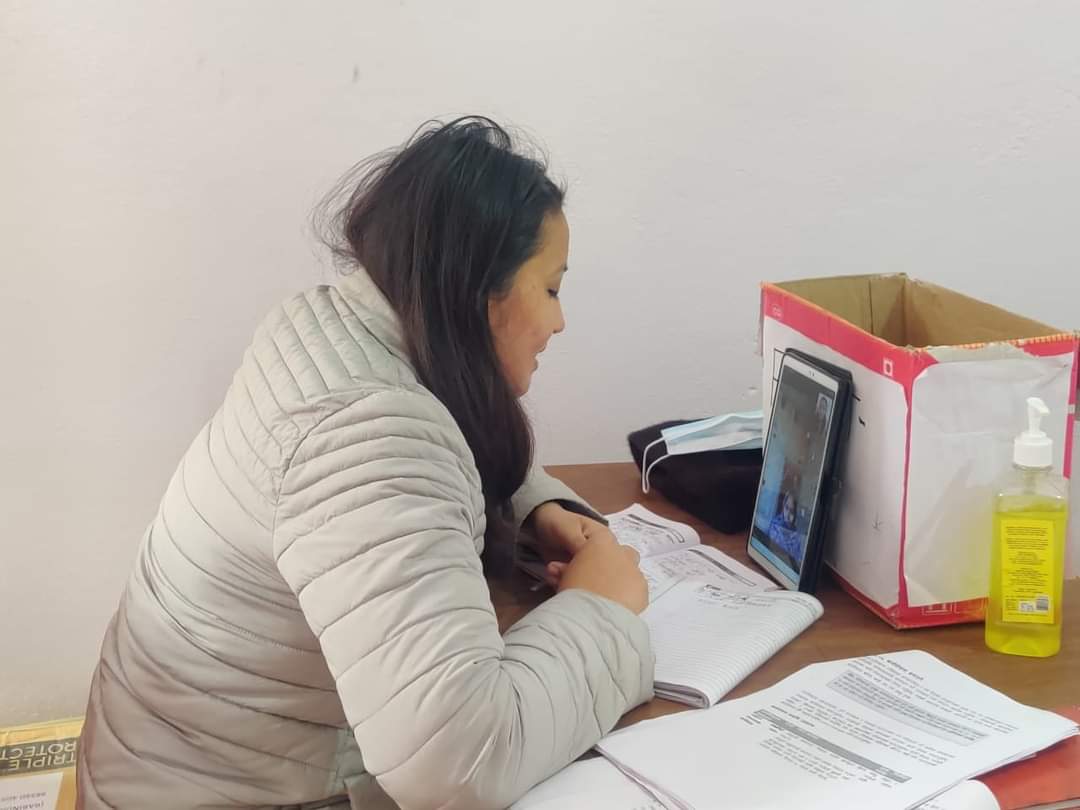
Comments (0)
No comments found.